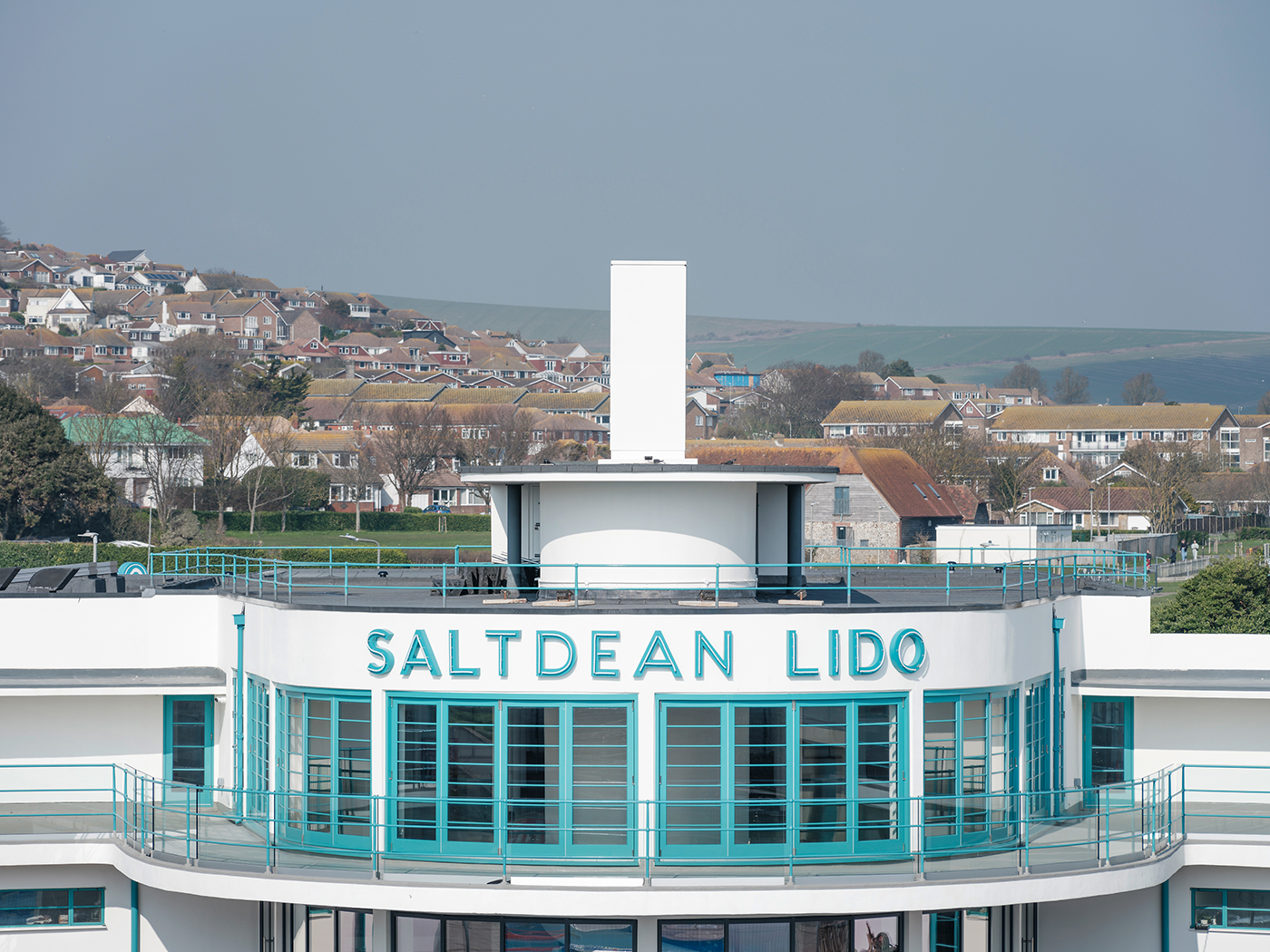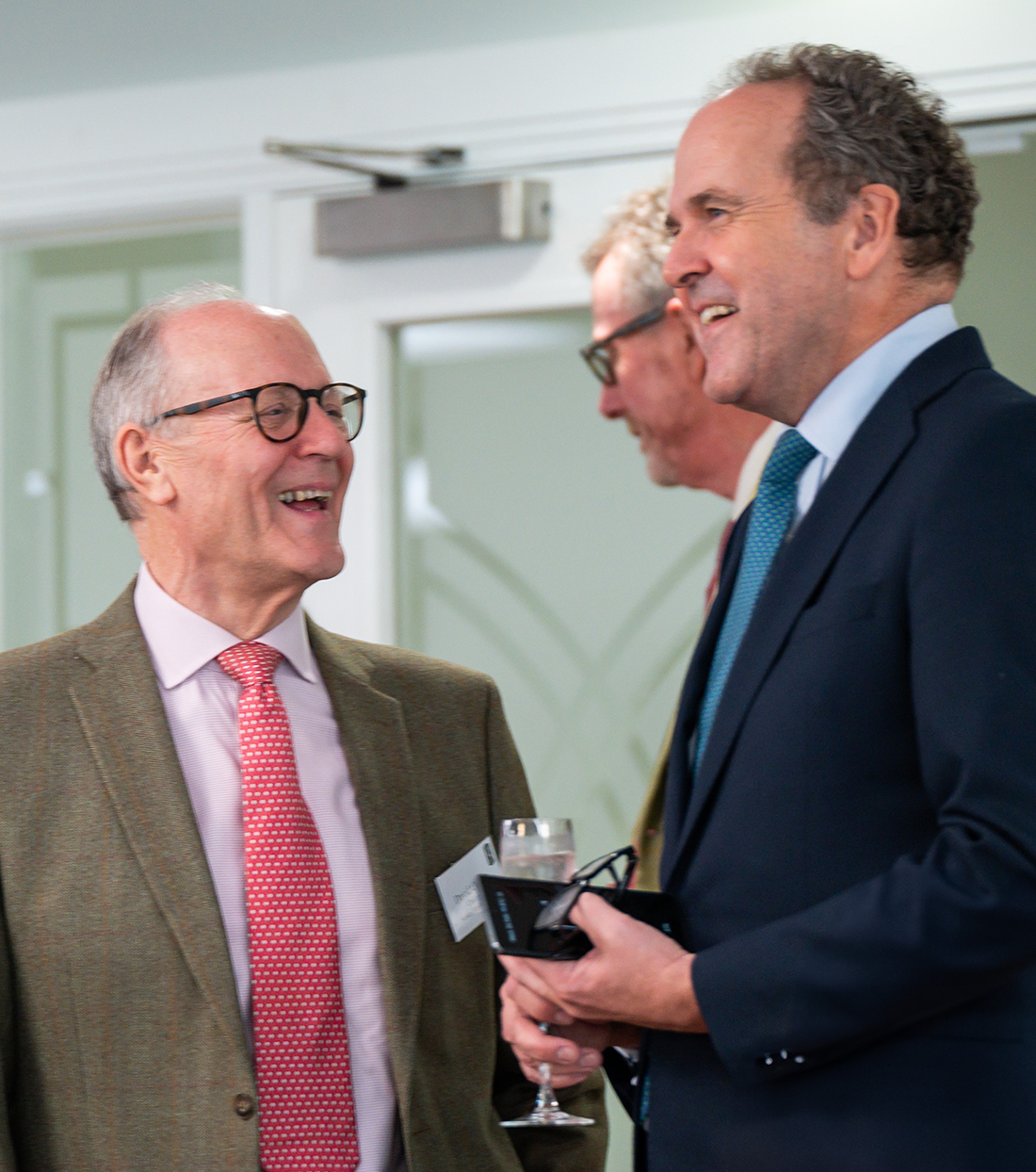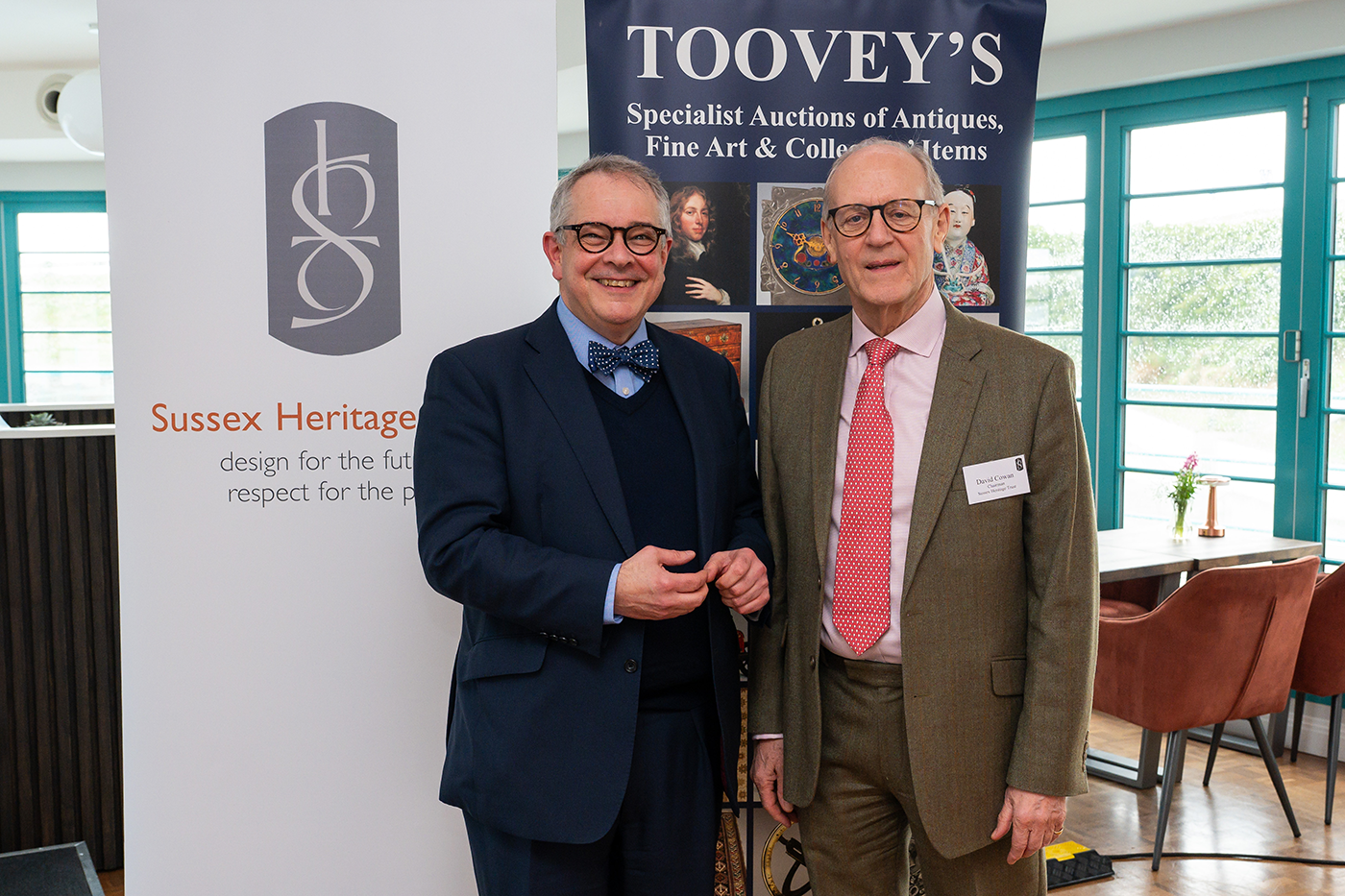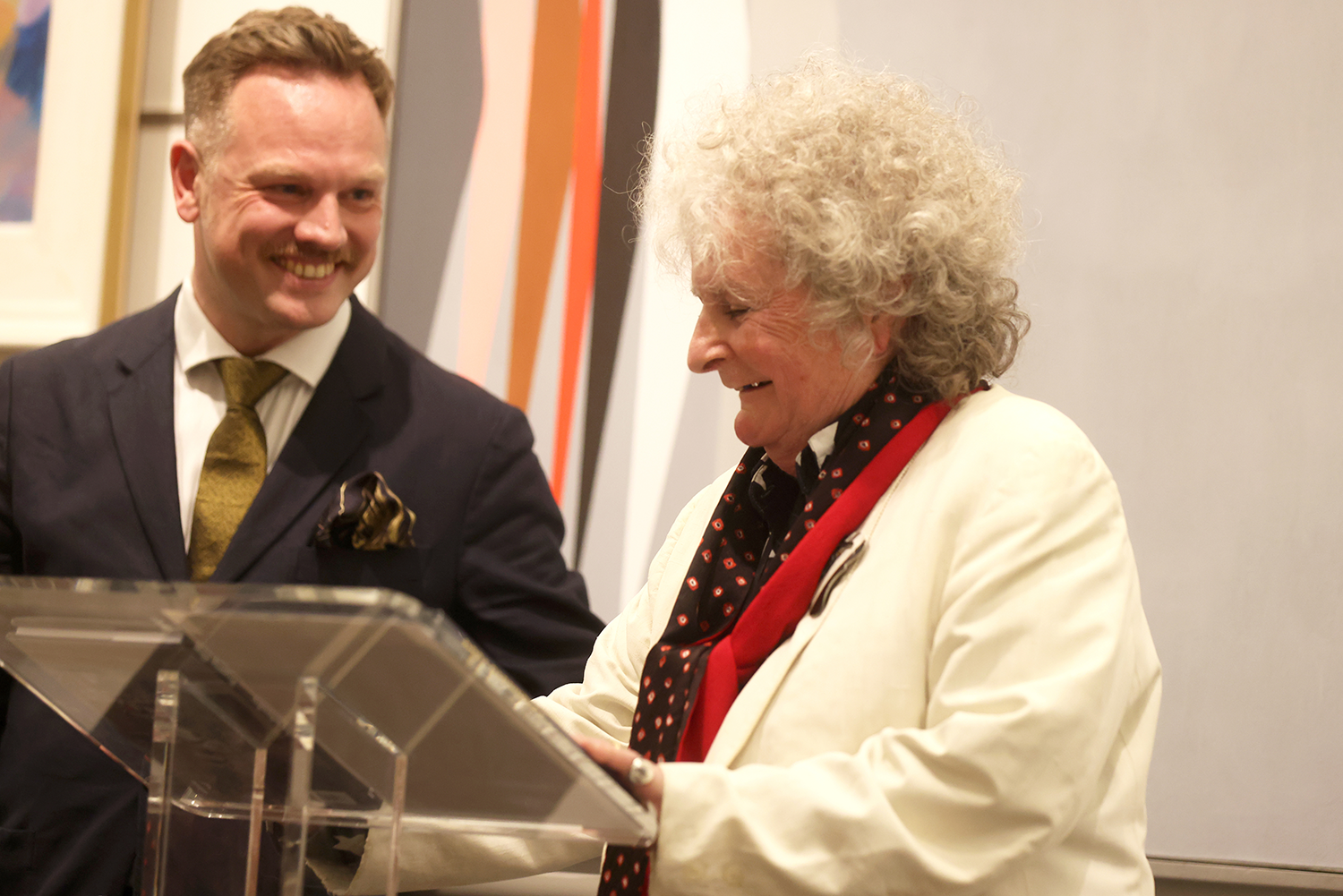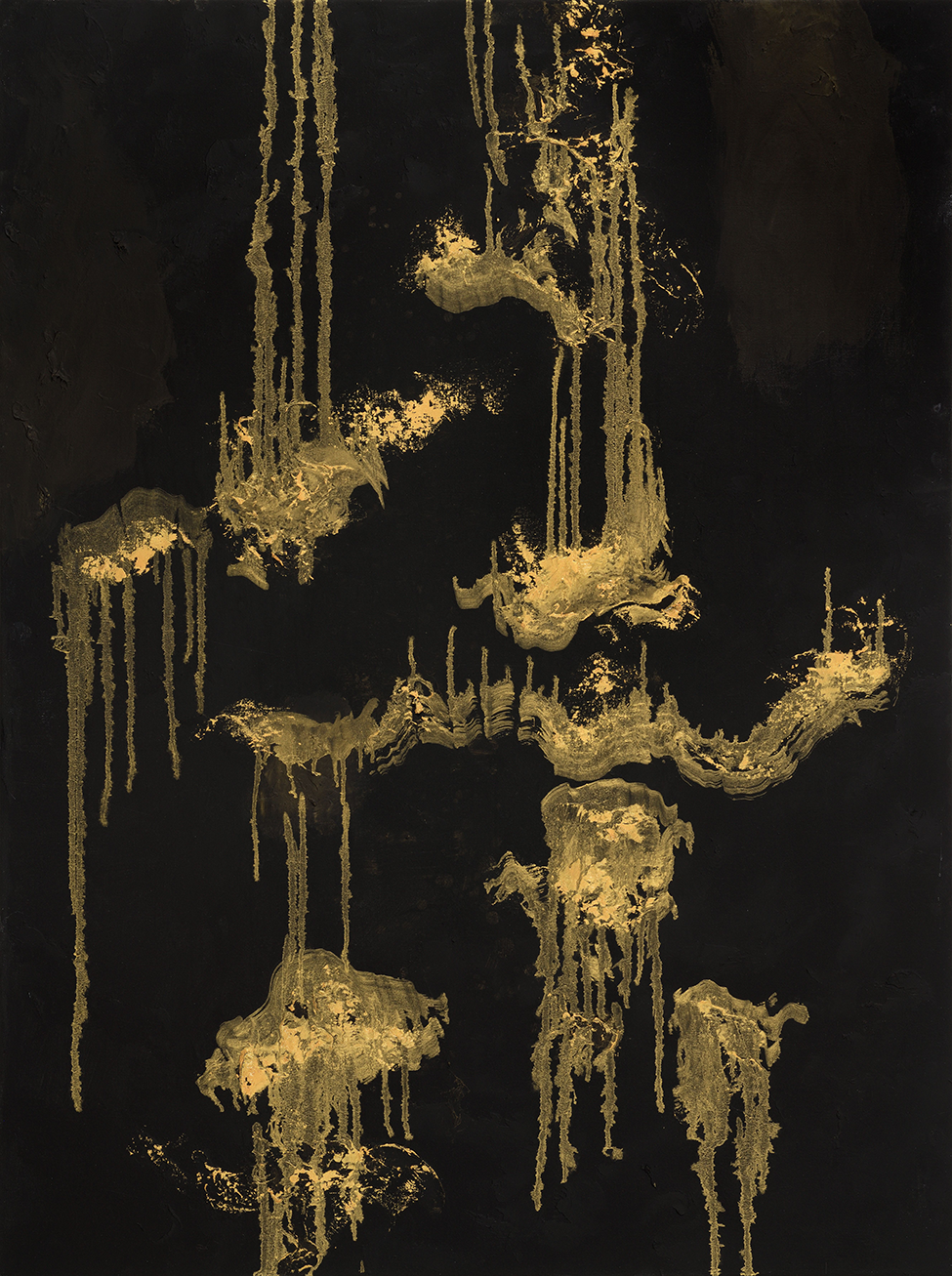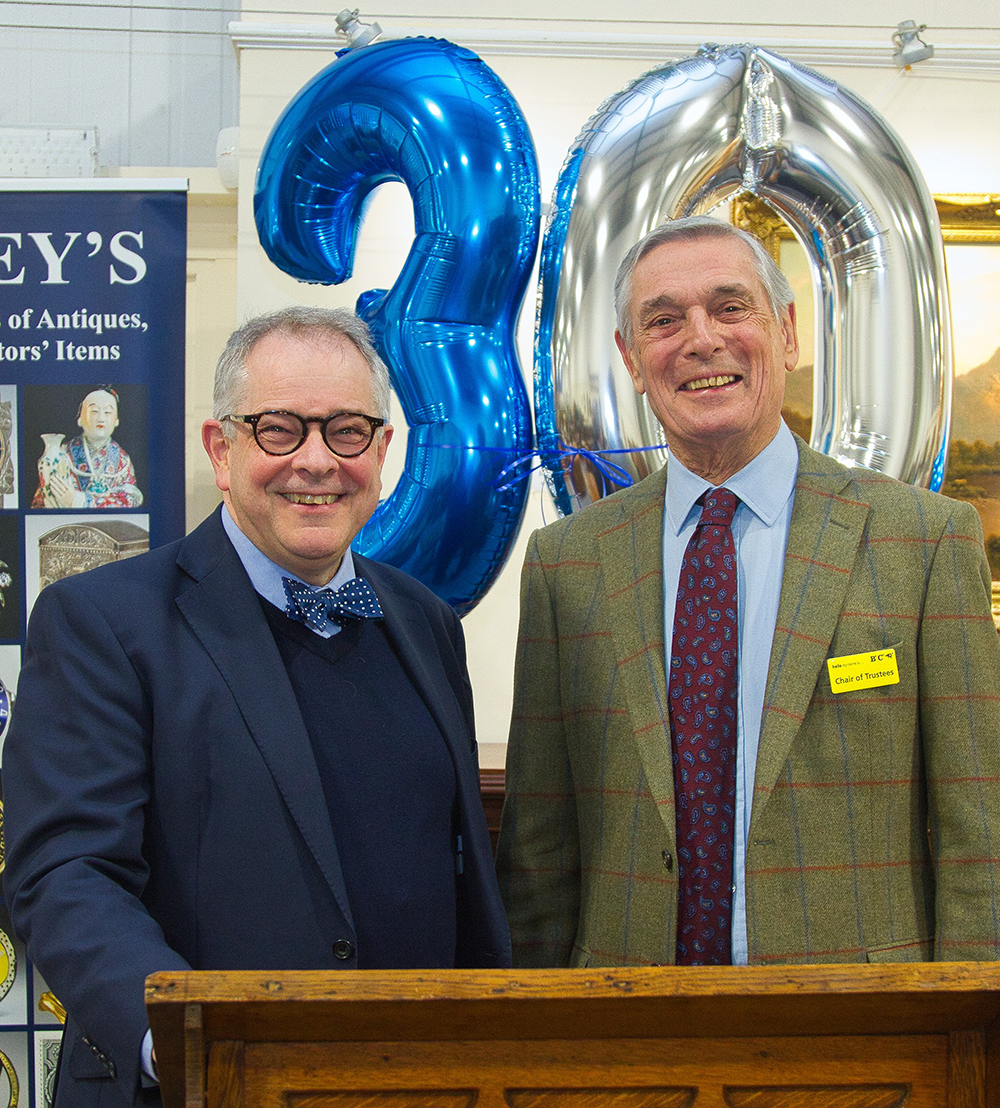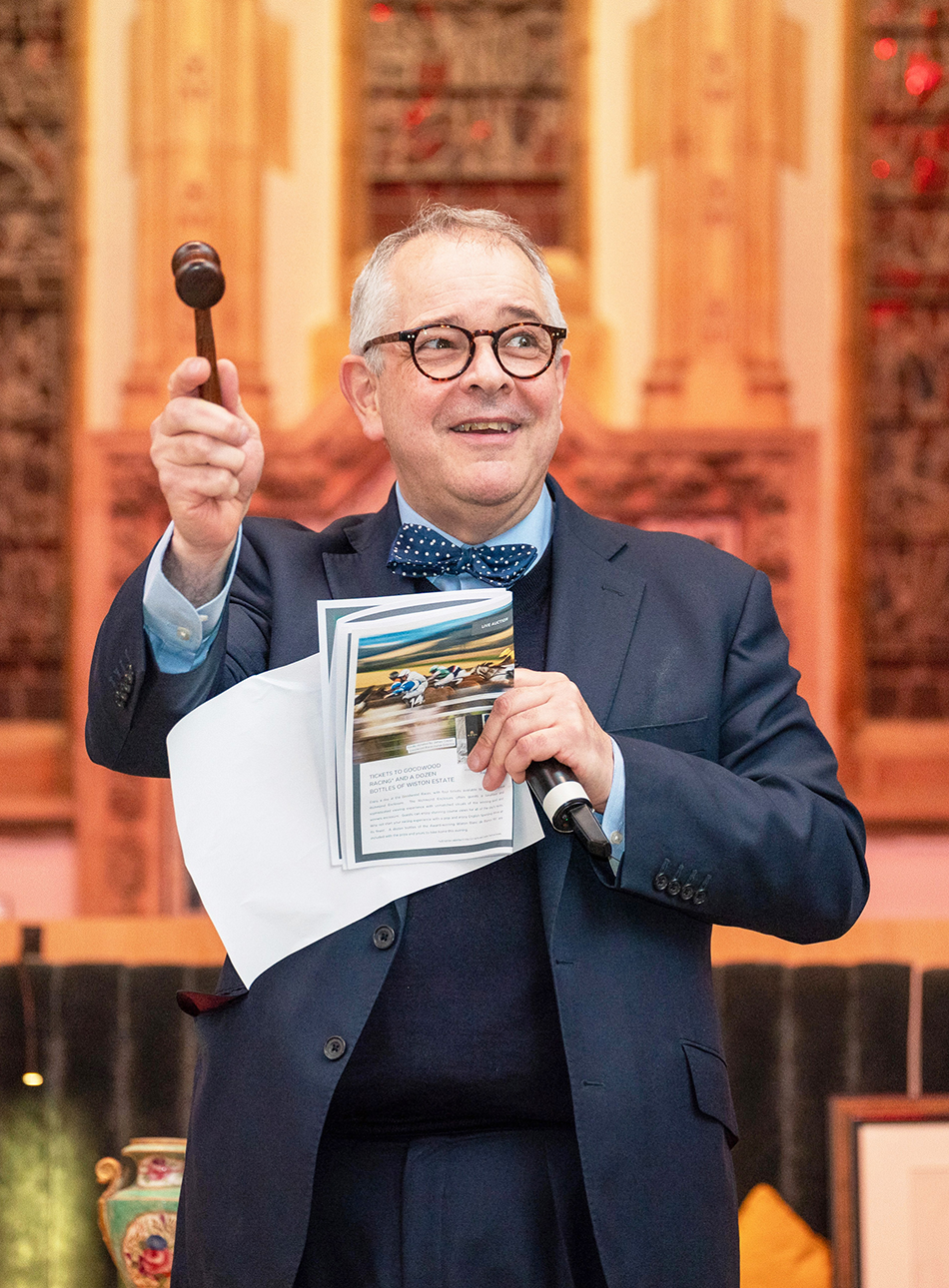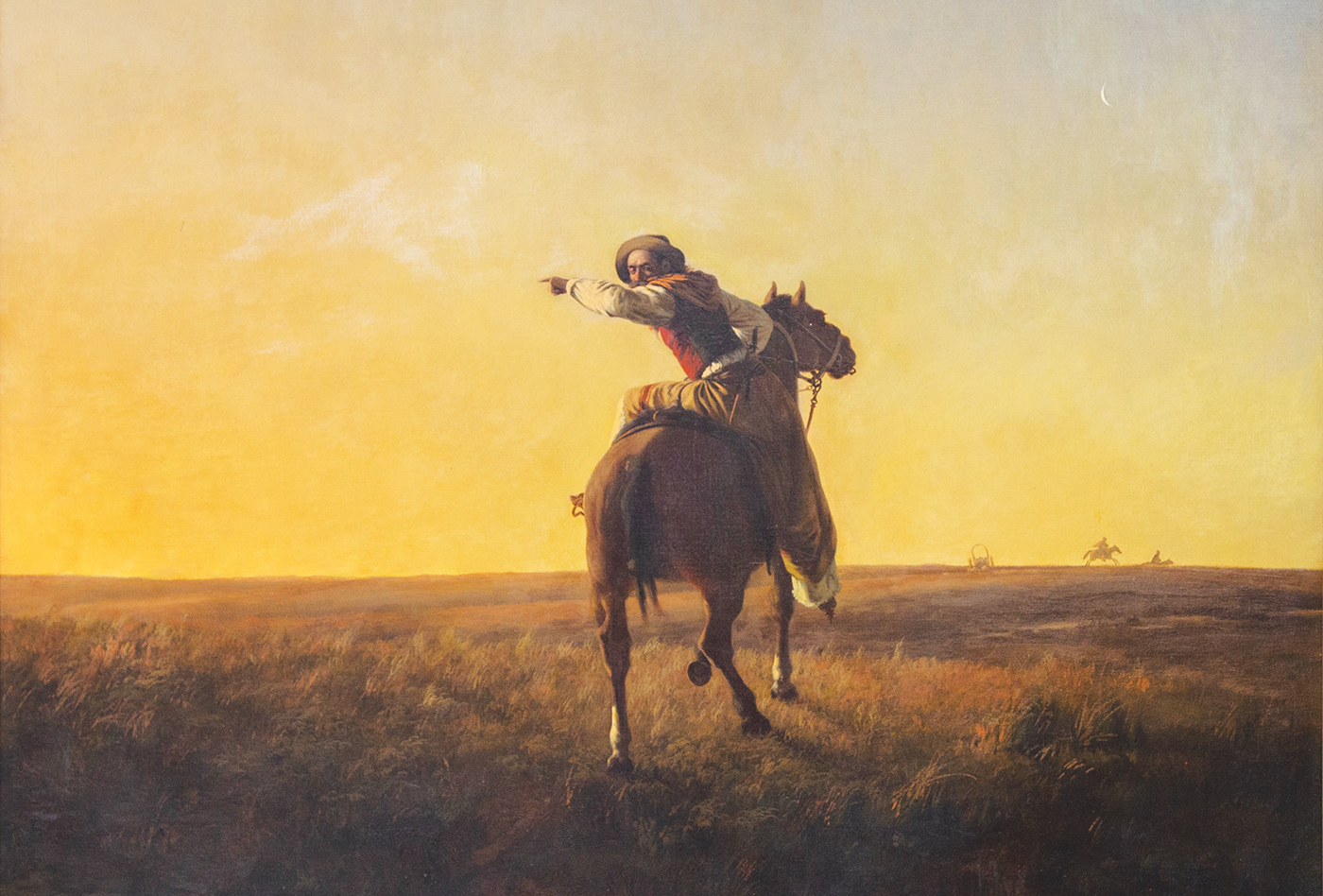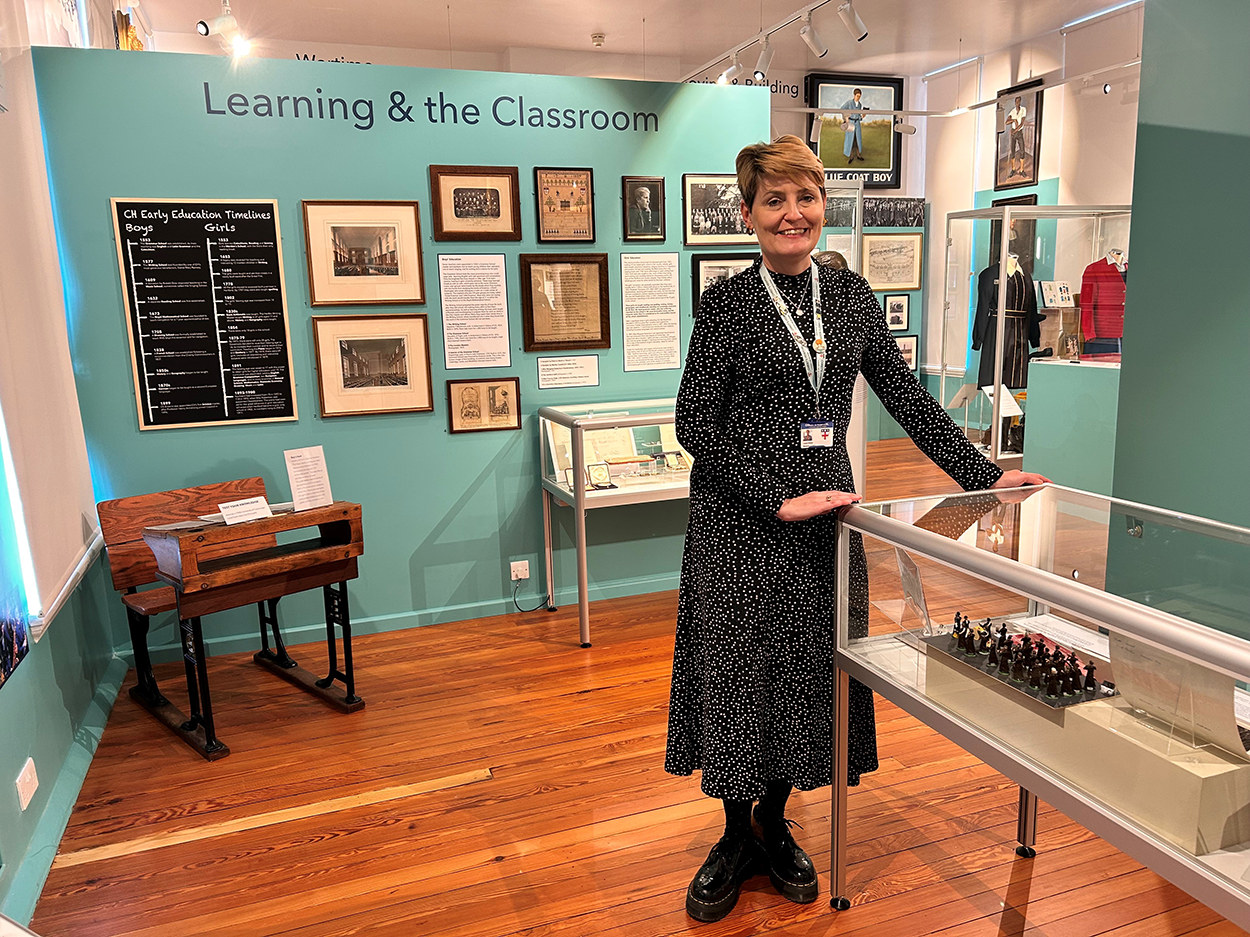
This week I am in the company of Laura Kidner who is the curator of the Christ’s Hospital Collection and Museum which has just completed a major refurbishment and restoration.
I have long admired Laura’s work. Throughout her career she has embraced the importance of art and objects in telling our common story. In her celebration of the procession of history, art and objects her work has sought to rebalance the narrative and tell the often forgotten, untold stories of women.
This is apparent in the restored galleries at Christ’s Hospital Museum which are now light and immediately give the impression of Laura’s vast knowledge of the school’s history. The dramatically revised layout, beautifully conceived displays and re-hang of the paintings take you from Christ’s Hospital’s beginnings to the present day. The story of Christ’s Hospitals ‘Old Blues’, both men and women, past and present are all celebrated.
Laura explains “The school has had a museum since 1994, but when part of the ceiling collapsed in 2019, it provided the unexpected opportunity to re-think and update the … displays.”
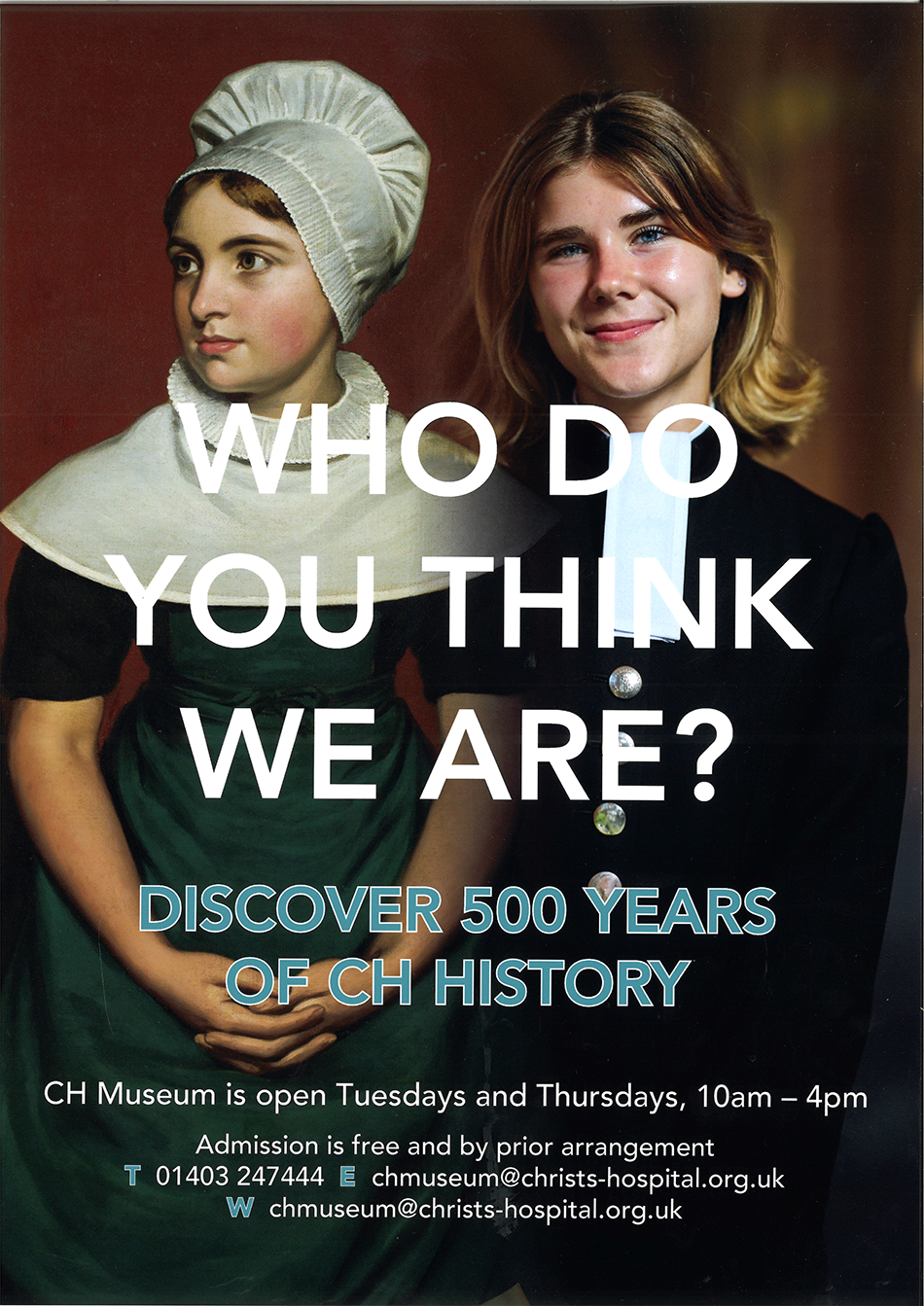
She continues “The refurbishment project proved to be Herculean. It took four years. 40,000 artefacts had to be moved between rooms as the space was repaired alongside fundraising and planning how to showcase the school’s 500-year-old history. This involved choosing from over 100,000 historic objects to best reflect the facts, themes and stories relating to over 67,000 students educated at CH since 1552, let alone the extensive social history, traditions, and Royal links.”
Christ’s Hospital was founded in 1552 by King Edward VI. Initially 280 boys and girls were lodged and fed in the buildings of the former Grey Friars Monastery and schoolmasters were amongst the staff from the very beginning. Girls were educated at Christ’s Hospital from 1552 making it the oldest girls’ boarding school in the country.
Christ’s Hospital inhabits a unique place in the nation’s education sector providing a private school education, often without charge, to students who come from every possible ethnic and socio-economic background. Of the 900 students at Christ’s Hospital some 630 attend free or at reduced costs continuing the traditions seeded in 1552.
Laura concludes “The restoration has been a huge labour of love, but it’s already fulfilling its main objective which is to be at the heart of the school, being used and enjoyed by current CH students of all ages, Old Blues and the wider community.”
To arrange your appointment to see their new displays celebrating 500 years of Christ’s Hospital history contact Laura and her team by emailing chmuseum@christs-hospital.org.uk.
